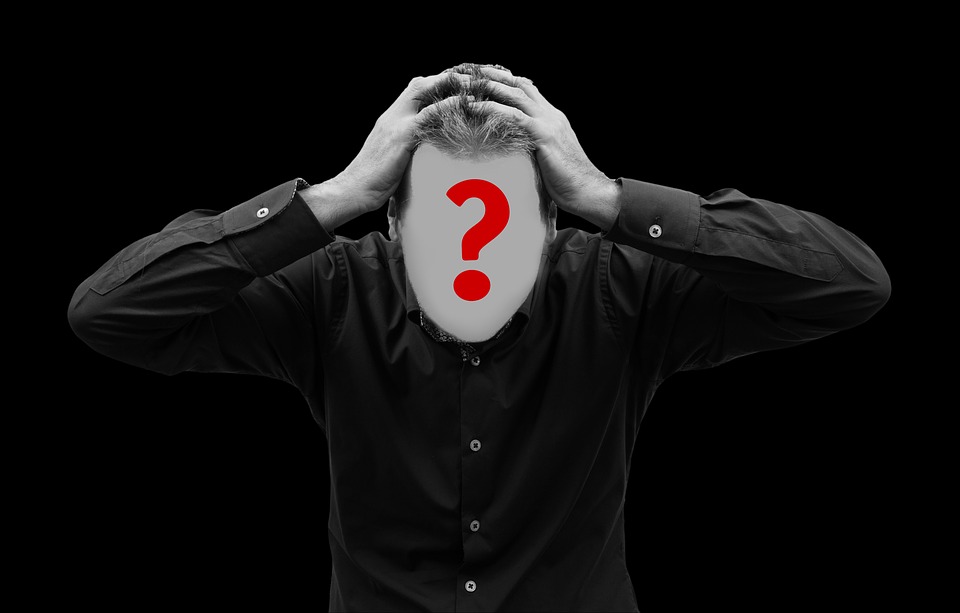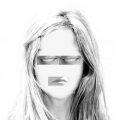Table of Contents
What is bipolar disorder? This is a brain disorder that causes a change in the energy and mood of a person and also loses the ability to function properly. What is bipolar disorder? This disorder includes three types of conditions. In this article, we will discuss what is bipolar disorder and delve deep on the first category which is Bipolar I.
What is bipolar disorder? Patients with this condition have an intense and extreme emotional state. This usually occurs at certain times, which is why it is referred to as “moods” or “mood episodes.” The mood episodes can be classified under three categories:
- Manic
- Depressive
- Hypomanic
People with this condition typically have normal mood periods as well. The good thing is that bipolar disorders can be managed and also treated. People with this condition can still lead to productive and full lives.
What is bipolar disorder: Diagnosis
Physicians have come a long way when it comes to understanding the different moods that a person with bipolar disorder exhibits. This thorough understanding enables them to make a more accurate diagnosis.
Back then, bipolar disorder was confused with other kinds of mental – related problems such as unipolar depression, and schizophrenia. This is because the bipolar disorder has lots of similarities with other mental conditions. For instance, schizophrenia have symptoms of delusions, hallucinations and incoherent speech which sometimes is also present in other mental disorders.
Bipolar Disorder and Technology
As technology improves, physicians today have a greater understanding of various disorders. They can already rule out certain symptoms and factors. Doctors can also specifically identify based on signs and symptoms if the bipolar disorder is manic, depressive or hypomanic. For most cases, the disorder can be treated safely and effectively with medications.
What is bipolar disorder? When it comes to diagnosis, most patients have gotten used to doing specialized blood tests as well as typical laboratory tests as it usually help physicians make an accurate findings. However, most imaging and lab tests are not useful to properly diagnosed bipolar disorder.
Diagnostic Tool
What is bipolar disorder? Perhaps the most important diagnostic tool is when a person consults with his/ her doctor to talk about the symptoms that one may be having. If you’re feeling some sort of mood swings or unusual behaviors and a change in lifestyle habits, it’s best to talk to a professional.
Obviously, physical tests can reveal the overall state of a patient. However, it’s still important that you let your doctor know if you’re feeling any signs and symptoms of bipolar disorder. In this way, the doctor can be more accurate with his diagnosis, and your illness will also be effectively and properly treated.
What is bipolar disorder: Symptoms of Bipolar I
What is bipolar disorder? If a person is diagnosed with Bipolar I, this means that he/ she can experience extreme mood swings. During a manic episode, patients with Bipolar I usually feels as if they are on top of the world, or they are all revved up but uncomfortably irritable. Whenever they are experiencing a depressive episode, they will usually experience extreme hopelessness or sadness. Keep in mind though that they will still experience periods where they are just in a neutral state in between manic and depressive episodes. Bipolar I is diagnosed when a person is exhibiting manic episodes.
Manic Episode
A manic episode is identified when a person with bipolar disorder is experiencing very high or irritable emotional state. This extreme state is experienced for most of the day, and can last for a week or so. You can expect that the person is way more energetic as if they’re on drugs. They are high as a kite, and when they get irritated, it would be like they are carrying the weight of the world on their shoulders.
Here are some signs that a person is experiencing a manic episode:
- They have exaggerated grandiosity
- Patients are showing extreme confidence
- Bipolars have less need for sleep
- They are talking more loudly and quickly
- Patients get easily distracted
- Bipolars can be doing many things at once such as scheduling activities or tasks within the day more than what they can handle.
- They have heightened risky behavior such as shopping spree, reckless driving etc.
- They have uncontrollable thoughts and they’re quickly changing their mind
Noticeable Changes
The changes are usually more noticeable within family and friends since they are the ones who know the person. These manic symptoms are usually severe enough to cause dysfunction in various life aspects of the patient. It can definitely cause problems in their family, social activities, work, school, responsibilities etc. Those who were diagnosed with manic episode may require getting hospital care for them to stay safe and not accidentally harm themselves because of their condition. Manic episodes can start anytime from early childhood and adulthood, though it gets more pronounced when a person reaches 18 years old. It can also continue to later adulthood if not treated properly.
Hypomanic Episode
A hypomanic episode is similar to the description of a manic episode though the symptoms only last for a couple of days, and usually less severe. Hypomanic symptoms don’t lead to dysfunction and major problems that a manic episode exhibits which is why the person will still function on their day – to – day lives without too much disruption.
Major Depressive Episode
When it comes to a depressive episode, the patient usually experiences this for 14 days. He or she will exhibit at least five of the following symptoms. (Note: usually includes the first two symptoms):
- The person will feel intense despair, hopelessness, worthlessness, and sadness
- The patient will lose interest in the activities they once enjoyed
- Bipolars may feel guilty
- Patients may have trouble sleeping or they will sleep too much
- They will feel agitated or restless (you might see them pacing or their hands are shaking)
- Bipolars may have slowed movements or speech
- Patients may lose energy and become easily fatigue
- Their appetite will increase or decrease
- Bipolars have difficulty in focusing on the task at hand
- Patients may not remember the choices or decisions they made
- They may have frequented suicidal thoughts or may even attempt suicide
Conclusion
What is bipolar disorder? As you now know, bipolar disorder can certainly affect the life and relationships of the patient particularly with family members, with work or school. People with bipolar I usually have other kinds of mental illnesses such as ADHD (Attention – Deficit Hyperactivity Disorder), or even substance use disorder. The risk of committing suicide is also higher for those diagnosed with bipolar disorder than the rest of the population.






 I love to write medical education books. My books are written for everyone in an easy to read and understandable style.
I love to write medical education books. My books are written for everyone in an easy to read and understandable style.